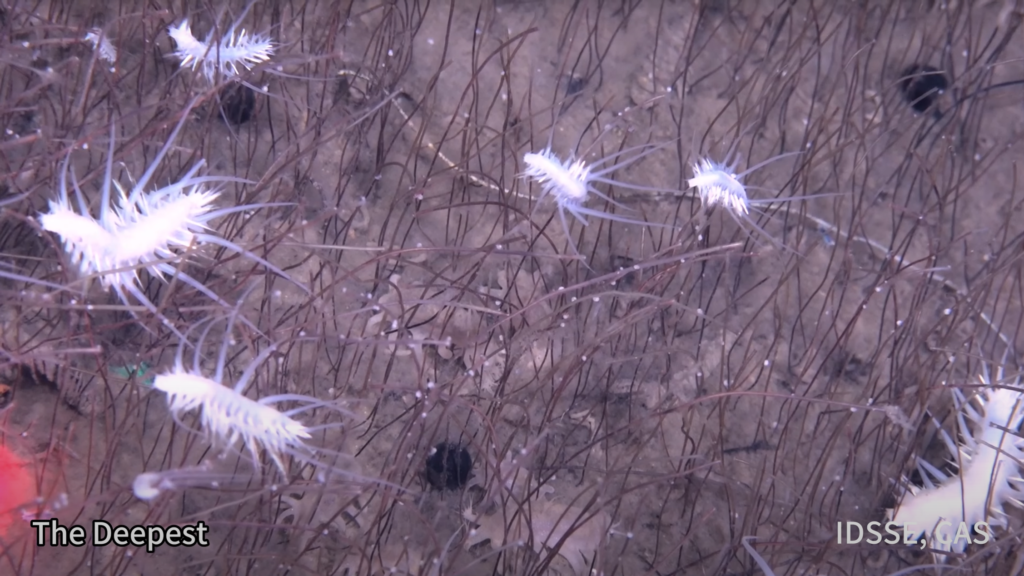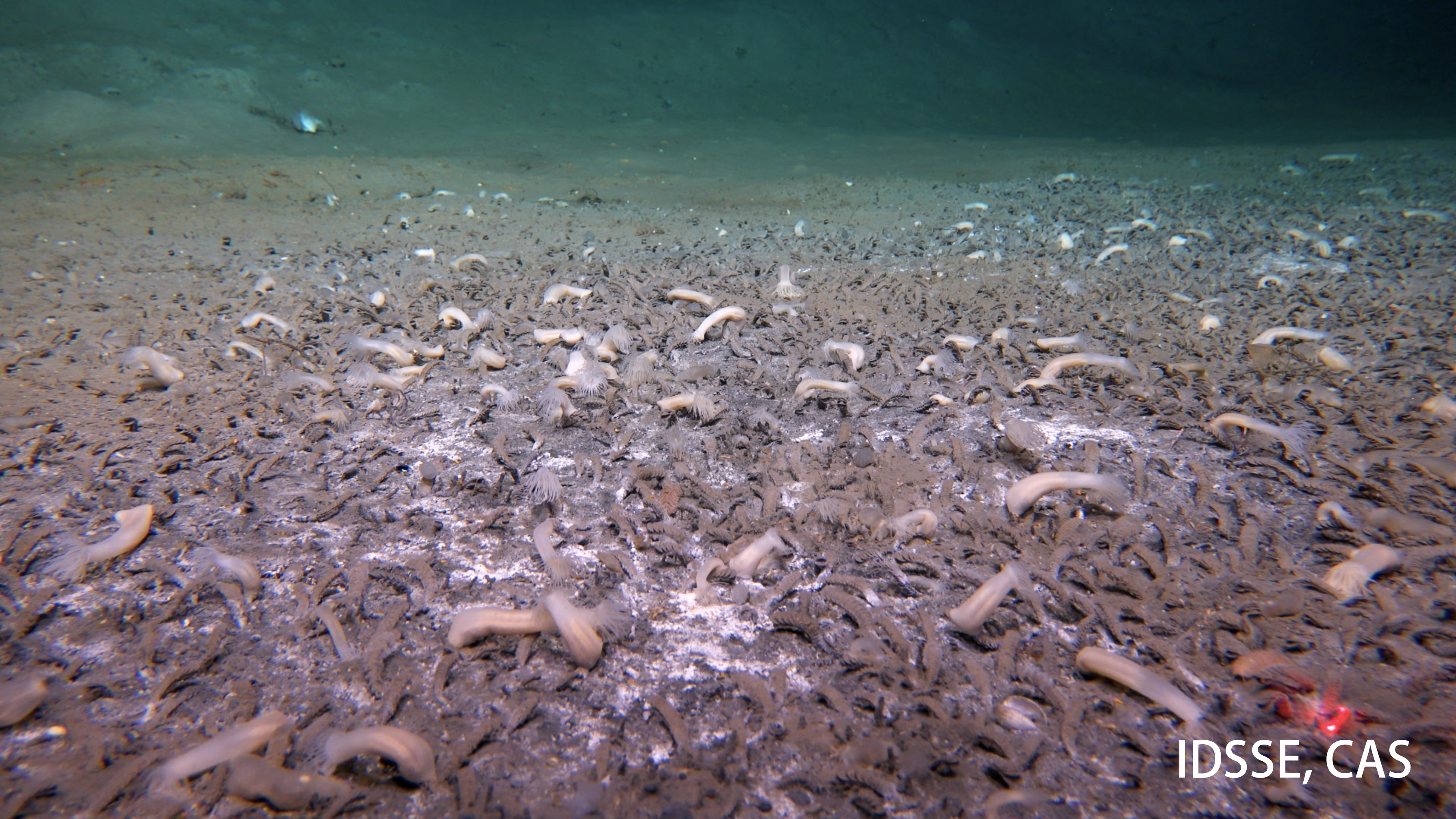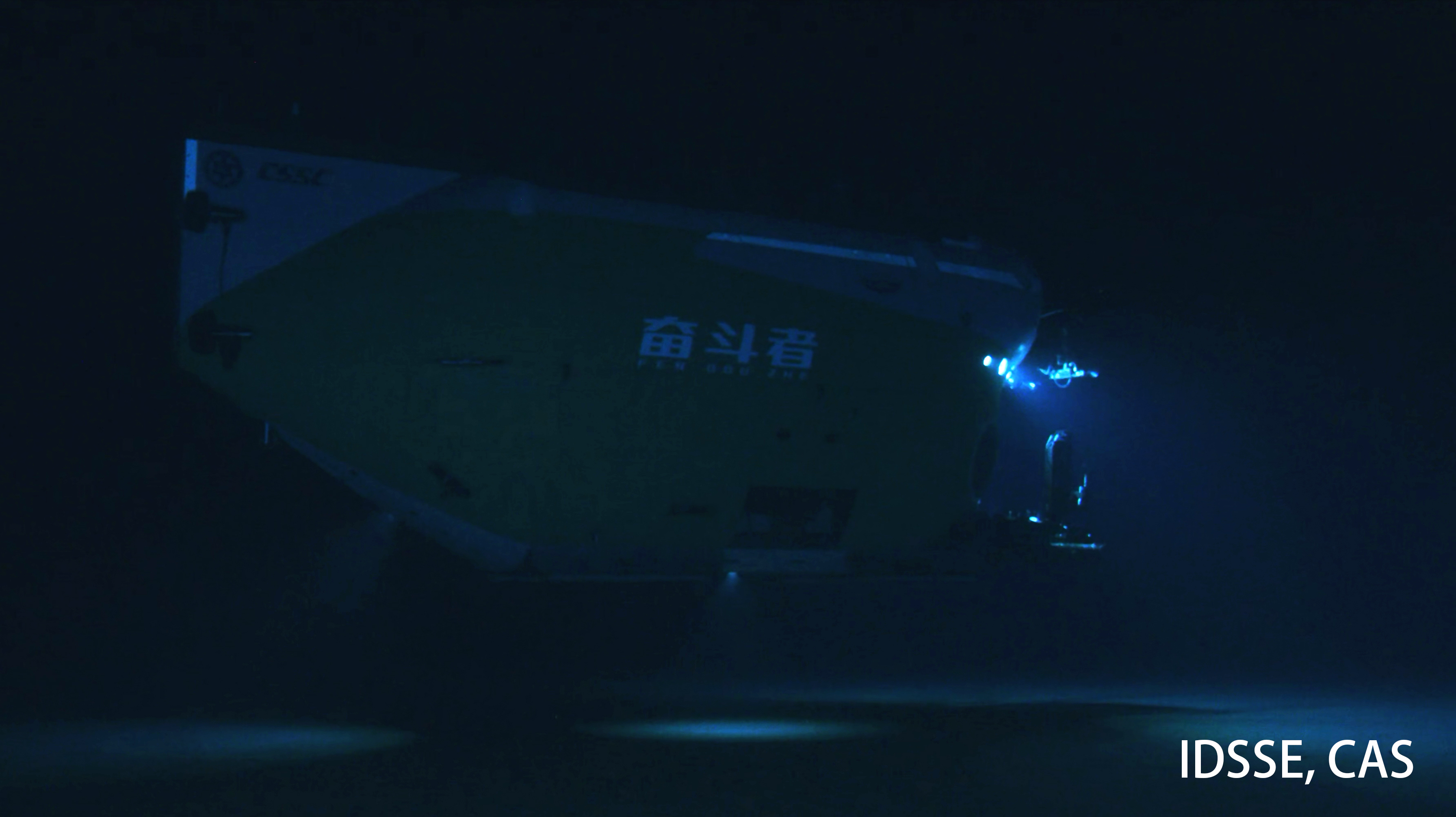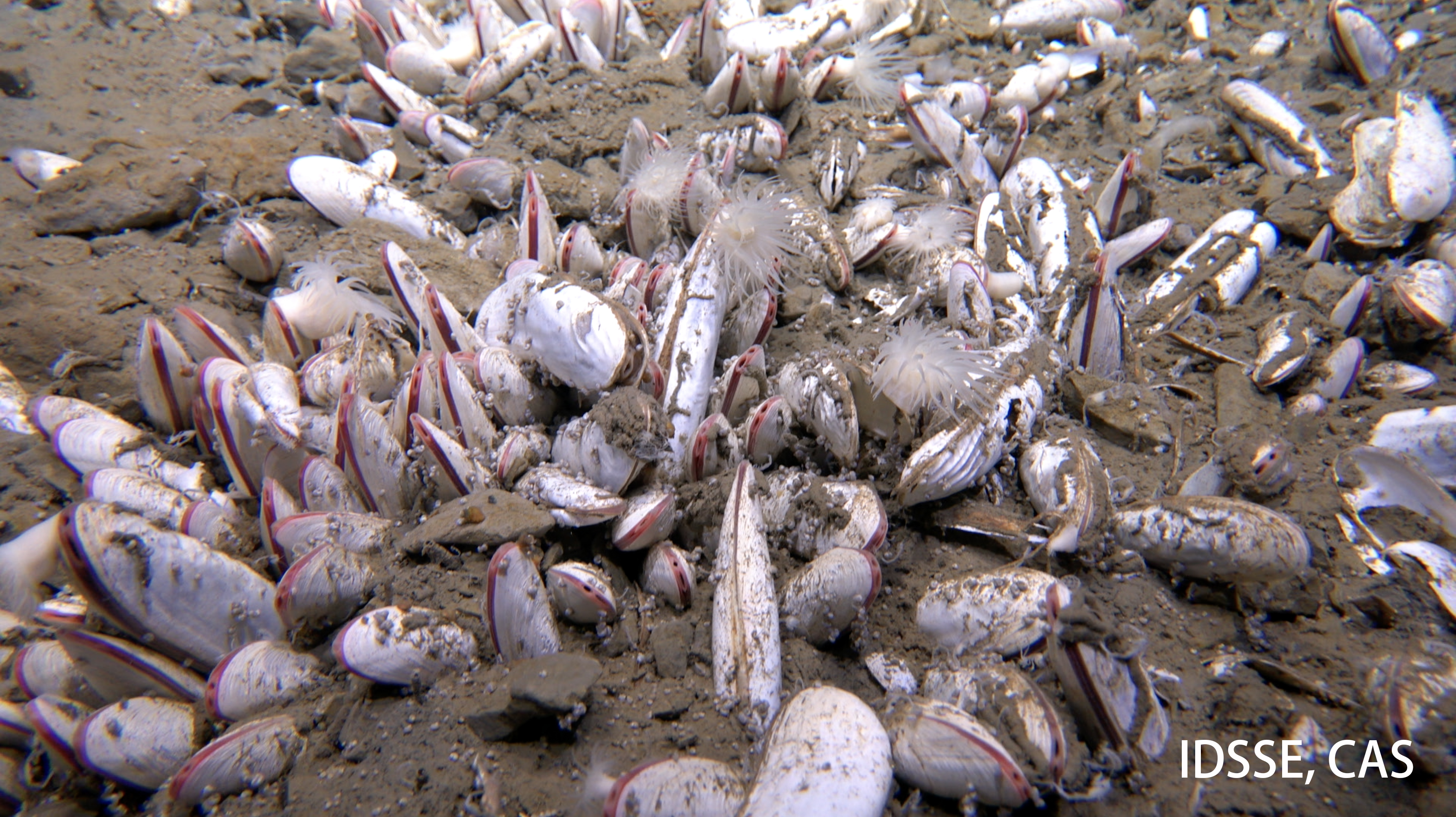
Ocean researchers have discovered thriving alien-like communities filled with tube worms, mollusks and spiky white creatures at the bottom of ocean trenches in the northwest Pacific Ocean.
The discovery, by a Chinese-led research team using a submersible at depths of around 31,000 feet (9,500 meters), represents the deepest and most extensive communities of chemical-reaction-powered life-forms known to exist on Earth.
These bizarre creatures survive in extreme conditions. They sustain tremendous amounts of pressure in total darkness and get their energy from chemical reactions rather than from the sun. The researchers’ findings, published Wednesday (July 30) in the journal Nature, suggest that this chemosynthetic life may be more widespread than scientists’ previously thought, according to a statement released by the journal’s publisher, Springer Nature.
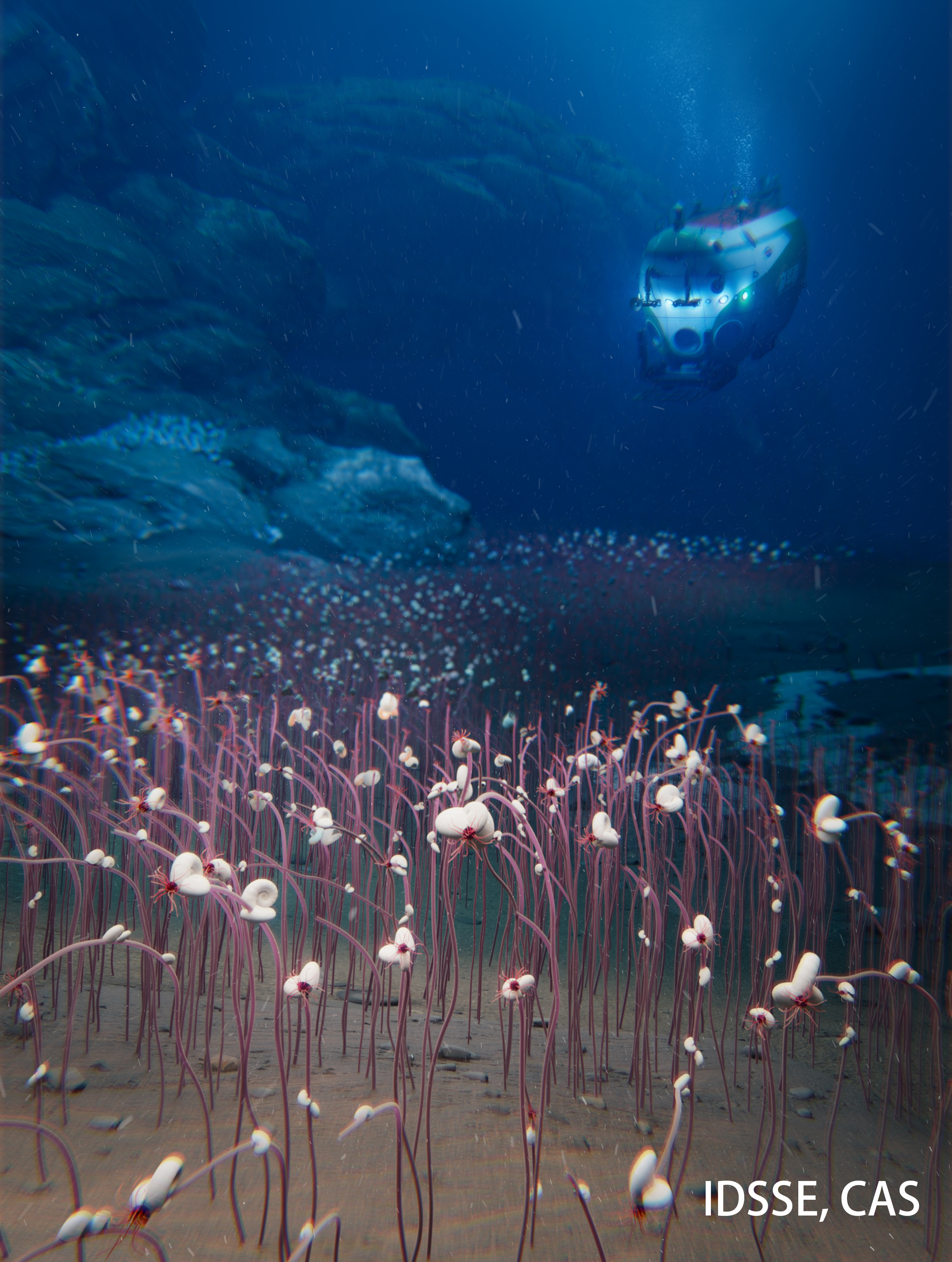
The newly identified communities were in trenches in the hadal zone — the region of the ocean below about 20,000 feet (6,000 m). Hadal trenches include some of the deepest parts of the ocean and are largely unexplored.
“It’s exciting — especially for a deep sea scientist — to go to a place that human beings have not explored,” Xiaotong Peng, one of the study’s lead authors and deputy director of the Institute of Deep-sea Science and Engineering at the Chinese Academy of Sciences, told BBC News. “It’s a great opportunity to discover new things. And what we saw was quite amazing.”
Related: The Mariana Trench is home to some weird deep sea fish, and they all have the same, unique mutations
Sunlight doesn’t reach deep into the ocean, so life on and near the deep seafloor can’t use photosynthesis — the process by which plants, algae and some bacteria convert sunlight into energy. Researchers have long proposed that the hadal trenches host communities powered by other chemical reactions that rely on hydrogen sulfide and methane emanating from the seafloor, but such chemosynthesis-based communities are rarely documented, according to the study.
Most of the deep ocean remains unexplored. In fact, a study published in May found that humans have explored just 0.001% of the deep seafloor (below 656 feet, or 200 m) — an area roughly the size of Rhode Island.
For the new study, the researchers worked their way along the Kuril-Kamchatka and Aleutian trenches, covering depths ranging from 19,029 to 31,276 feet (5,800 to 9,533 m). This region is very geologically active and hosts many volcanically and seismically active sites, according to the study. Despite the hostile environment, the newly documented communities were flourishing.
“The communities are dominated by marine tubeworms called siboglinid polychaetes and molluscs called bivalves, which synthesize their energy using hydrogen sulfide and methane seeping out of faults in the tectonic plate,” Springer Nature representatives wrote in the statement.
